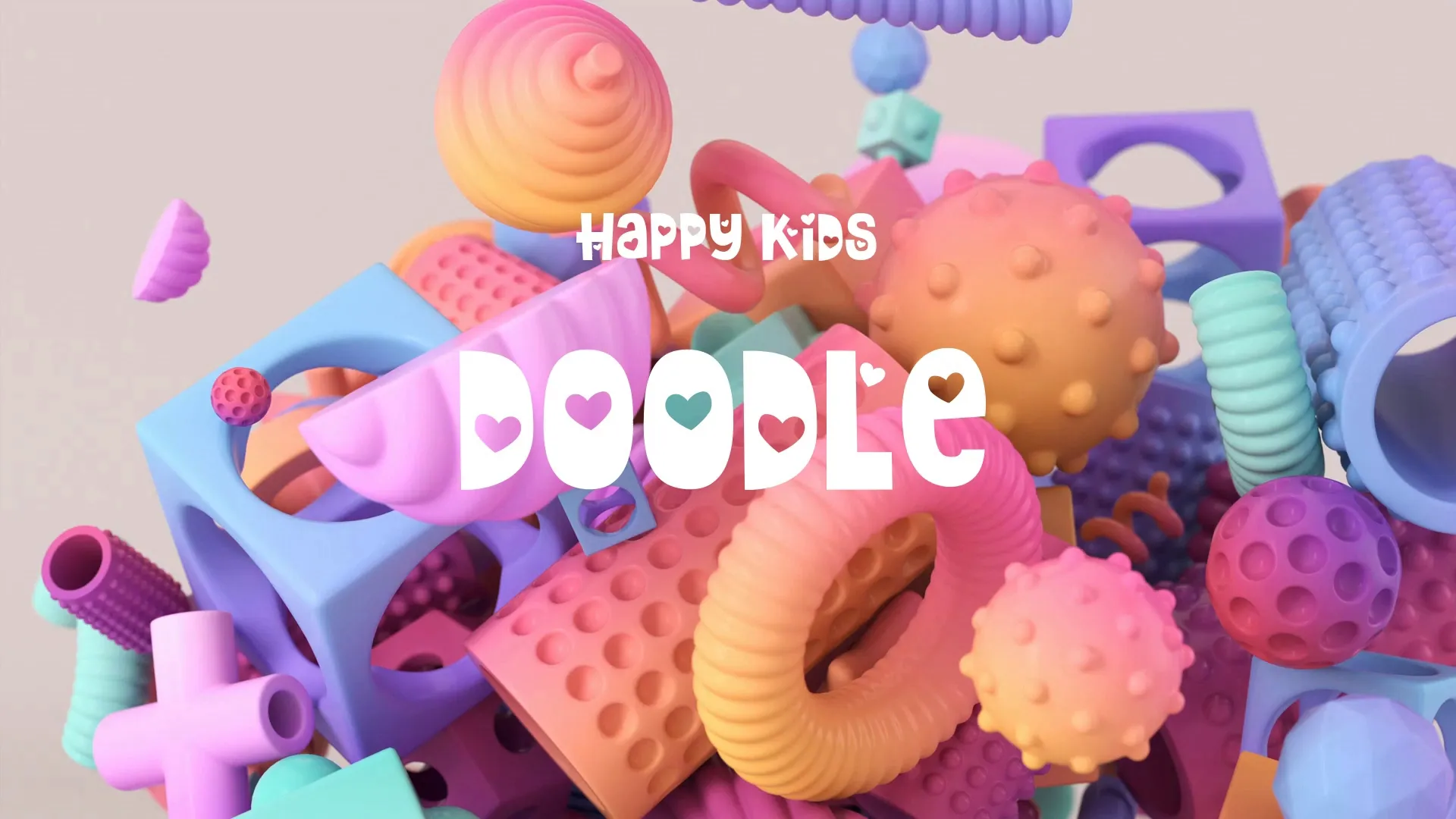Innovative Game Mechanics: Techniques & Best Practices for Idea Development
Innovative Game Mechanics: Techniques & Best Practices for Idea Development
Developing truly innovative game mechanics is crucial for standing out. It requires a structured approach beyond mere brainstorming. This article outlines practical techniques and best practices for generating and refining compelling game ideas.
Deconstructing Existing Mechanics for New Insights
Start by dissecting mechanics from successful games, both within and outside your genre. Identify their core functions, player interactions, and emotional impact. This analytical approach reveals underlying principles you can adapt or subvert.
Consider how a mechanic from a strategy game might apply to a puzzle game, for example. The objective is not to copy, but to understand the building blocks of engagement.
Structured Ideation Techniques
Random brainstorming often yields generic results. Employ structured techniques to push creative boundaries.
Try the SCAMPER method: Substitute, Combine, Adapt, Modify, Put to another use, Eliminate, Reverse. Apply each prompt to an existing game mechanic or concept to generate novel variations.
Another effective method is ‘forced connections,’ where you link two unrelated concepts. For instance, combine ‘gardening’ with ‘rhythm game’ to spark unique mechanic ideas.
For endless game idea generation, tools like Wayline’s Ignite can provide a starting point for these structured exercises.
The ‘What If’ Framework for Mechanic Evolution
Once you have a nascent idea, apply the ‘what if’ framework relentlessly. Ask ‘what if’ this mechanic had a critical limitation? ‘What if’ it interacted with the environment in an unexpected way? This pushes the mechanic into new territory.
This iterative questioning helps uncover unforeseen complexities and potential for depth. It transforms a simple idea into a rich, interactive system.
Prototyping Early and Often
Paper prototypes or simple digital mock-ups are essential for rapid validation. Do not invest heavily in art or complex systems at this stage. Focus solely on the mechanic’s core loop and player feedback.
Early prototyping reveals whether a mechanic is fun and intuitive before significant development time is spent. It is a cost-effective way to fail fast and iterate.
User Experience First: Clarity and Feedback
An innovative mechanic loses its impact if players cannot understand or interact with it. Prioritize clear visual and auditory feedback for every player action.
Ensure the mechanic’s rules are discoverable through gameplay, not just explicit tutorials. Intuitive design makes innovation accessible.
Create a free account, or log in.
Gain access to free articles, game development tools, and game assets.











.webp)




.webp)






